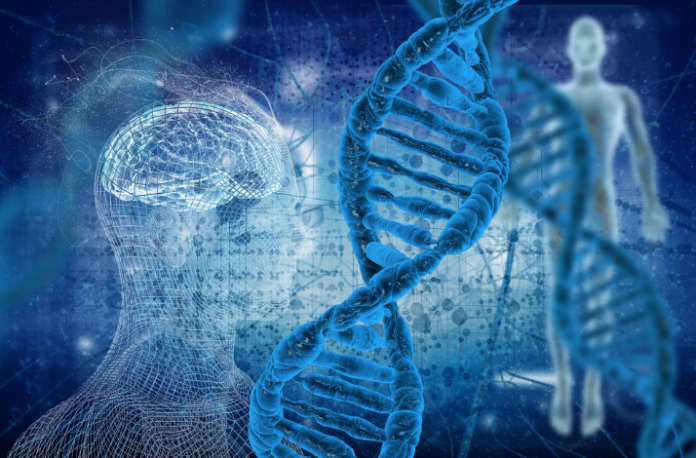“Intelligence rules the world; ignorance carries the burden.”
Marcus Garvey
In all 50 states of the U.S., a prisoner who has been convicted of a violent crime or a crime of a sexual nature simply cannot be released into society unless they give up a blood sample for the Federal (FBI) DNA data bank. In prison, DNA blood samples can and will be taken by force if warranted.
Today, there are millions of DNA samples from convicted Black men and women filed in the FBI Data banks as well as state and local data banks. The FBI’s data bank is called “CODIS” (Combined DNA Index System). Using this system, the federal government has been able to capture thousands of Black men and women through what is commonly called “Forensic Hits.”
Fortunately, for a small number of Black men and women, DNA testing has also been used to exonerate the innocent.
Thousands of incarcerated Africans are fighting and waiting to have a DNA test administered to hopefully clear their names and receive an acquittal in their cases. Unfortunately, due to the politically motivated structure of the judicial system, the majority never get a chance to prove their innocence.
In 2002, the FBI introduced the National DNA Index system (NDIS). The NDIS allows public forensic laboratories across the country to exchange and compare DNA profiles electronically. The International Association for Police Chiefs and hundreds of law enforcement agencies continue to advocate for DNA samples to be extracted from all convicted citizens. Every state except Nebraska operates and maintains its own DNA data bank.
The Human Genome Project was officially launched in 1990 by the National Institute of Health (NIH) and the U.S. Department of Energy (DOE). The list of specific goals of the Human Genome Project:
1- Identify all genes in human DNA
2- Determine the sequence of the 3 billion chemical bases that make up human DNA
3- Store the information in databases
4- Develop tools for data analysis
5- Create potential sequences for biological and ethnic weapons
6- Identification, preservation, and maintenance of biological and genetic information Let’s look at it. Every race and ethnicity has inherited certain susceptibility to specific diseases and ailments. The Genome Project can identify and highlight vulnerabilities and biological weaknesses within groups of people. I believe that through the same science, certain biological weaknesses and strengths can be altered through deliberate methods.
We, as Black people, are so quick to give up our DNA to mere strangers in the hope of finding our genealogical roots from certain regions on the continent of Africa.
Through what is commonly called “Genetic Mapping,” we are paying thousands of dollars to organizations and agencies that are storing, examining, analyzing, maintaining, and possibly sharing our DNA with other agencies. Sisters and brothers, please be very careful and remain cautious.
Agencies such as Ancestry.com, My Heritage, Find My Past, and Legacy Tree are making billions of dollars off of Black people who send them a cotton swab of saliva. We really have NO idea what these agencies do with our DNA.
To actually start the process of connecting to your African lineage, I recommend reading and studying the brilliant book by the late great ,…
Thank you for reading Khabyr Hadas article on scoopnewsusa.com. For more on “Notes on the Human Genome Project (pt. 2)“, please subscribe to SCOOP USA Media. Print subscriptions are $75 and online subscriptions (Print, Digital, and VIZION) are $90. (52 weeks / 1 year).


